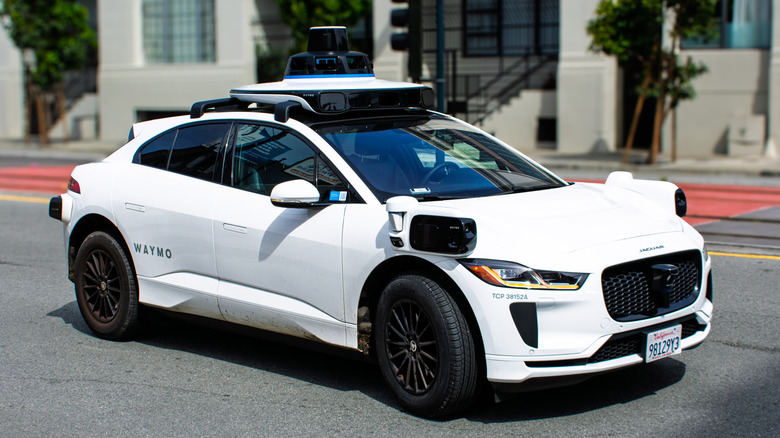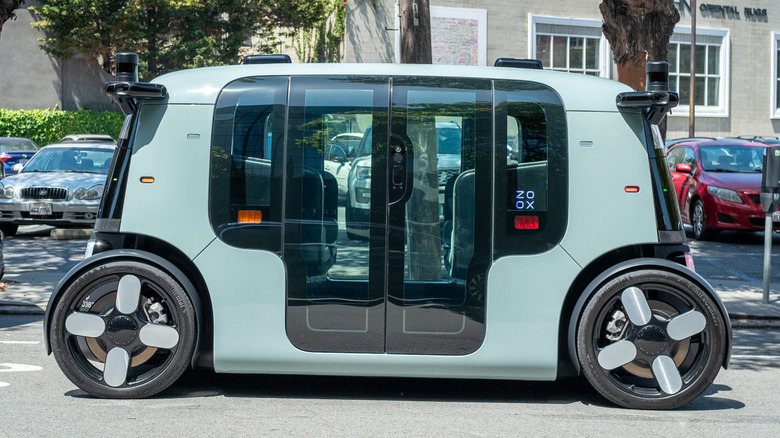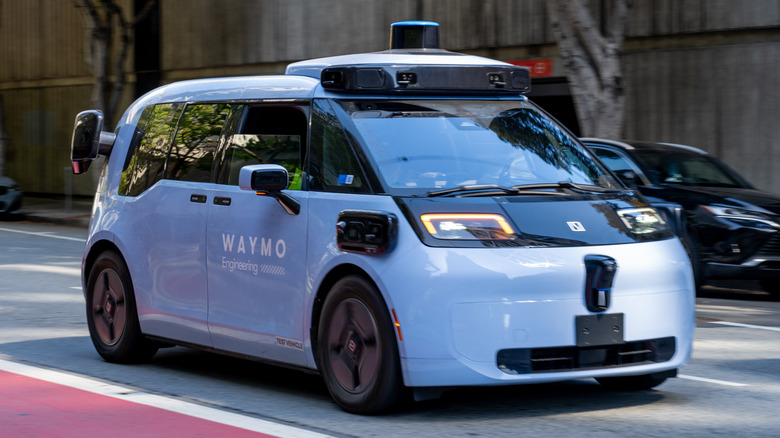How Many Levels Of Autonomous Driving Are There?
There are a total of six levels of autonomous driving, as defined by the Society of Automotive Engineers (SAE). These six levels (numbered 0 to 5) cover the entire range of driving assistance that today's and tomorrow's vehicles will provide. Today's modern vehicles come with a wide range of automated driver assistance systems, known as ADAS, to help make driving safer in certain ways. Let's review these six levels, starting with the least amount of driver assistance and working up to the highest level, in which the vehicle is fully automated and needs no human to operate it. There are hidden obstacles to autonomous cars.
Level 0 is called Momentary Driver Assistance. With a Level 0 system, the driver remains completely responsible for the driving of the vehicle. While the vehicle may provide the driver with alerts or warnings related to driving safety, it is unable to intervene in any way. Level 0 vehicles include those that predate the introduction of ADAS features, up through those with ADAS features that can warn the driver but take no action on their own. Vehicles with Level 0 automation can have traditional cruise control, rearview parking camera, tire pressure monitors, and warnings for lane departure and forward collisions.
Next comes Level 1, also known as Driver Assistance. When you have a Level 1 system, the driver still retains total responsibility for driving the vehicle. However, Level 1 vehicles will have either an ADAS system like adaptive cruise control that controls the vehicle's acceleration and braking, or one like lane centering that controls the vehicle's steering.
What are Level 2 and Level 3 autonomous driving?
Level 2 is the next on the list. Level 2 is called Additional Driver Assistance, which means that the Level 2 vehicle has ADAS systems that give the driver non-stop assistance with systems that can control both the vehicle's steering as well as its acceleration and braking systems. So a Level 2 vehicle will have lane-centering and adaptive cruise control systems that can work together to keep the car in its lane while allowing it to accelerate and slow down as traffic permits. As with Levels 0 and 1, the driver is still 100% responsible for driving and monitoring the vehicle at all times. Here are 7 of the best modern car safety features available today.
Moving up to Level 3 puts us into Conditional Automation. With Level 3, the vehicle's automated systems are technically able to handle all aspects of driving, but the driver must monitor the vehicle at all times, in the event that they must take over if the ADAS systems cannot continue to operate the vehicle.
Level 3 vehicles are likely to be the most problematic for their human drivers because these cars can drive themselves — until they can't. Then the driver must take over at a moment's notice, after paying no attention to the vehicle for a potentially long period of time. What could possibly go wrong? The only current Level 3 system currently available in the U.S. is Mercedes-Benz' system, which is limited to a 40 mph maximum speed.
How about Level 4 and Level 5 autonomous driving?
Level 4, also known as High Automation, is the next step toward fully autonomous vehicles. Level 4 vehicles can take complete responsibility for all driving tasks without the need for a human driver, but are limited to a specific service area. Current fleets of robotaxis from Waymo, Zoox, and other providers function at Level 4. The "specific service area" part of the Level 4 definition means that these robotaxis can only operate within a "geofenced" area, a physical area that has had a virtual boundary placed around it. During the process of geofencing, in Waymo's own words, "...we first map the territory with incredible detail, from lane markers to stop signs to curbs and crosswalks. ...the Waymo Driver uses these highly detailed custom maps, matched with real-time sensor data and artificial intelligence (AI) to determine its exact road location at all times." The Waymo robotaxis use a sensor suite made up of cameras, radar, and Lidar, backed up by a powerful on-board computer, but only within their geofenced areas.
The ultimate objective for fully autonomous driving is Level 5, called Full Automation. No human driver is required for vehicle operation, while the system takes full driving responsibility on any road and under all conditions. At this point in time, no Level 5 vehicles exist. While some companies refer to their technologies as fully self-driving cars, we are not there yet.


